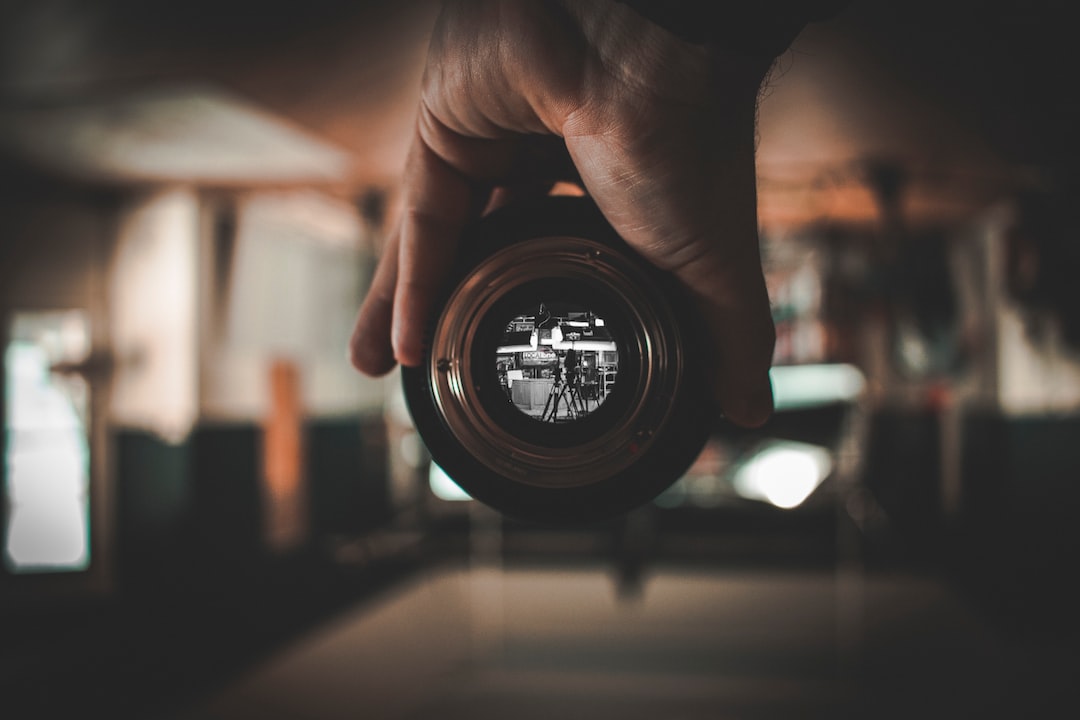Reflections and Refractions: Mastering the Art of Water Photography
Photography is an art form that captures moments in time, freezing them forever within a frame. It allows us to express our creative vision and share experiences with others. One fascinating genre within photography is water photography, which entails capturing the magic of reflections and refractions.
Water photography offers a unique opportunity to explore the interplay between light, color, and shape. It allows photographers to experiment with different techniques and capture stunning images that evoke emotion and awe. Whether it’s a tranquil lake reflecting a vibrant sunset or a crashing wave caught in the perfect moment, water photography has the power to mesmerize viewers.
To master the art of water photography, one must understand the principles of reflections and refractions. Reflections occur when light hits a surface and bounces back, forming an image. In water photography, reflections provide an opportunity to create visually compelling compositions. Experimenting with angles and perspectives can result in captivating reflections that amplify the overall aesthetic of the image.
Refractions, on the other hand, occur when light passes through a material at an angle, causing it to bend and create a distortion. Water is an excellent medium for capturing refractions, as its fluidity enhances the bend and distortion effect. By playing with the interaction between light and water, photographers can produce unique and surreal images that challenge our perception of reality.
To achieve stunning water photographs, it is essential to consider various factors. Firstly, lighting plays a crucial role in highlighting the desired reflections and refractions. Golden hour, the period shortly after sunrise or before sunset, provides soft and warm light that can beautifully enhance water images. Additionally, experimenting with backlighting can add a dramatic touch, as the light filters through the water, creating a dreamy atmosphere.
Composition is another vital element in water photography. Framing the subject in a balanced and visually pleasing way can make a significant difference. Be it a lone rock in a vast ocean or a sailboat reflected in a still lake, the right composition can evoke a sense of tranquility, mystery, or even adventure.
Furthermore, the choice of equipment is crucial to mastering water photography. A sturdy tripod is invaluable for capturing long exposure images, allowing for smooth and steady shots. Additionally, using a polarizing filter can help reduce glare and enhance colors, resulting in more vibrant and striking images.
Finally, mastering water photography demands patience and practice. It is vital to spend time observing the interaction between water and light, experimenting with different techniques, and embracing the unexpected. Don’t be afraid to take risks and explore new angles or perspectives. Remember, each water photograph tells a unique story, and it’s up to you as the photographer to weave it through your lens.
In conclusion, water photography offers endless possibilities for photographers to dive into a world of reflections and refractions. By understanding the principles behind these phenomena and employing various techniques, one can capture breathtaking images that captivate and inspire. So grab your camera, find a beautiful body of water, and embark on a journey to master the art of water photography.
Publisher Details:
Photography | Ramstein Air Base | Ina Long Photography
https://www.inalongphotography.com/
Capture life’s fleeting moments through the lens of eternity. Explore the enchanting world of InALongPhotography.com, where every click tells a unique story, unravels hidden emotions, and reveals the breathtaking beauty hidden in the ordinary.


